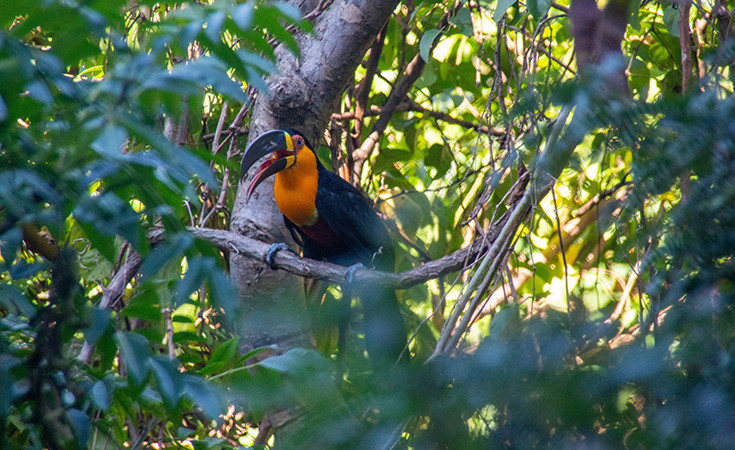
Tijuca National Park, or Parque Nacional da Tijuca in Portuguese, was founded in 1961 with the goal of protecting Tijuca mountain range which includes Pedra da Gavae, Corcovado, and the highest peak is located at 1022m. Tijuca is considered to be the largest urban forest in the world, covering an area of about 39 km2.
The Tijuca Forest, and then the Tijuca National Park, was created by afforestation ordered by the then mayor Manuel Gomez Archer, who, together with numerous workers, planted over 60.000 endemic species and exotic plants. This commitment to the protection of green areas in Rio arose out of great concern that entire green areas would only disappear due to the large urbanization of the area. Which would have happened if proper reaction did not take place. The action was supported by the king Pedro the Second as well. The area has been cleared not only because of human habitation, but also because of the growing coffee and sugar plantations that Brazil has largely exported, and everything has also affected the sources of drinking water in this area.
In 1992, UNESCO declared the Tijuca forest a ‘’biosphere reserve’’, and in 2012 it added it to the list of world heritage sites.
The forest has a lot of attractions, such as railway leading to the top of Corcovado, where a huge statue of Christ the Redeemer is located. Besides that, you can visit several waterfalls, such as Cascatinha Taunai and Gabriela waterfall, Pedra de Gavae rock formation and the peak Pico da Tijuca, the highest point of park with 1022 meters above sea level.
Tijuca is everything that is left of the rainforest that once surrounded Rio de Janeiro. This tropical jungle reserve is lush with greenery, with beautiful trees, streams and waterfalls and high peaks. It has an excellent, well marked system of trails. You can choose the trail you will follow yourself. You can also climb to the very top. The view is truly amazing.
There is a XIX century Mairink chapel in the forest, as well as many caves, with Gruta Luis Fernandes, Gruta Belmiro and Gruta Paulo e Virginia being the most famous ones.
Inside the park you can find the so called “Chinese View”, an oriental style viewpoint serving as a panoramic point, from which you can see the south side of the city.
The park covers about 3.5% of area of Rio de Janeiro municipality.
The entrance to the Tijuca National Park is FREE